Building more fence to meet your regenerative grazing goals?
Check out these tips used on Noble Ranches to help streamline and save money on electric fencing.
Joe Pokay feared he might be fired.
Long before he became general ranch manager at Noble Research Institute, Pokay was managing a private ranch when an unexpectedly heavy rainstorm blew in and drenched the two-acre paddock where he was grazing 2,500 yearlings.
“You can just imagine what that looked like,” Pokay recalls. “It was a mess, really mudded up. When I saw that, I thought I was done for.”
But he let the paddock rest, and 70 days later, he couldn’t believe what he saw.
“Once it recovered, it was the best spot on the whole ranch; it grew twice as much grass there as anywhere else. That’s when I started researching how I could do that more, better, because if I could grow twice as much grass there, what if I grew twice as much grass everywhere?”
It’s not a mistake he would suggest aiming for, but it got him thinking: What if building more fence to create smaller, more-intense grazing events could be seen as an opportunity, rather than a bore or a chore?
Pokay now oversees work on Noble’s six ranches, including the building of hundreds of miles of fencing for intentional, adaptive grazing of the 13,500 acres. He’s come to view building fence not as more work or an added cost, but rather, an exchange for less time in a tractor seat and less money flowing through a sprayer as their new approach to grazing management reduces the ranches’ dependency on hay and external inputs.
Here’s how he and others on the Noble Ranches team have learned to streamline the electric fence-building process, before ever setting a post.
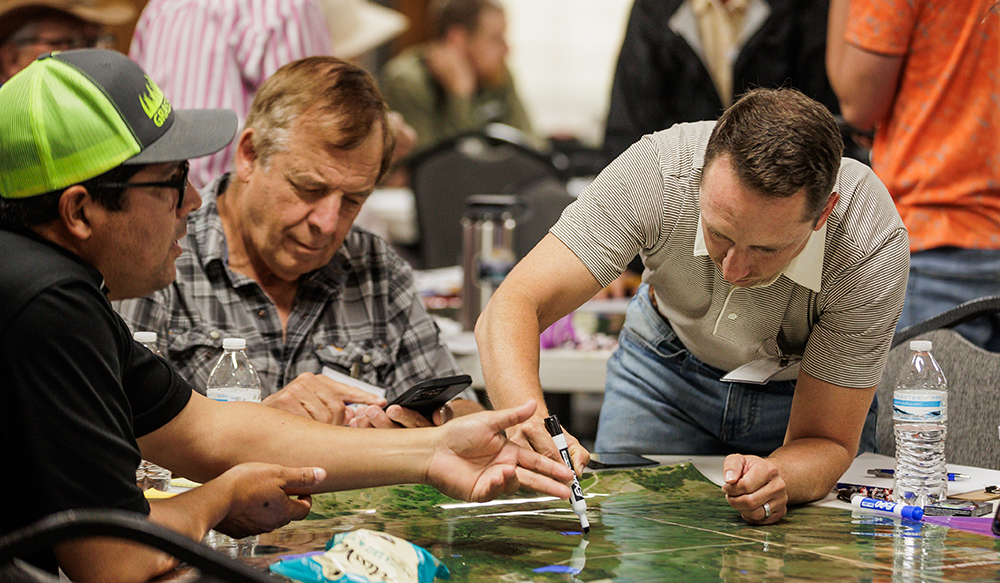
PLAN AHEAD TO GET TO YOUR GRAZING GOALS
Start by creating a fencing plan that matches your grazing goals. Consider what fences should be permanent, what should be semi-permanent and what should be temporary. Consider your grazing strategy, the water resources and terrain, your budget, and the duration and intensity of your intended grazing strategy.
Once you have that plan in place, draw a quick sketch of where and how you want electrical power to run, where your chargers will be, and how and where to split energy sources. This will help forecast exactly what you need to build, trouble-shoot any challenges before you get in the field, and serve as a guide to help isolate problems as you go.
Paul Luna, ranch facilities manager, says adding a simple fault finder to your toolbox will also help reduce the time you spend identifying problem areas as you build and maintain additional fence lines.
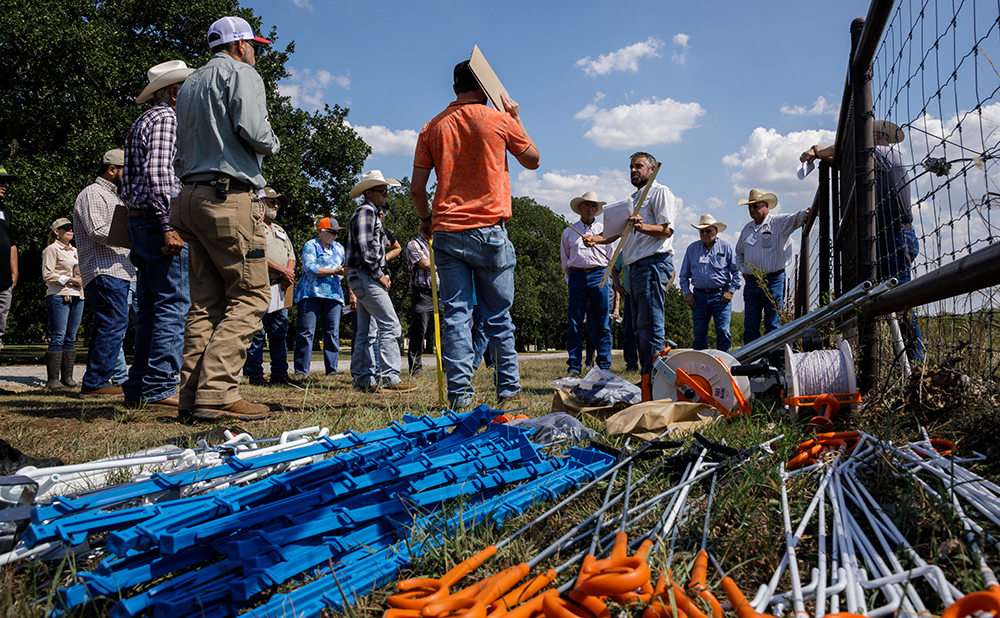
GET THE PROPER SUPPLIES AND GEAR, IN DUE TIME
With plan in hand, it’s time to take stock of your fencing set-up and supplies, especially with temporary fencing in mind.
Pokay suggests anyone new to regenerative grazing start by thinking, ‘What am I doing right now that I could do just a little bit better?’
If steel posts and stiff wire are what you have on hand, Pokay says the ideal would be to re-evaluate or re-stock supplies, as you can afford it. But there are ways to make use of what you have as you start your transition to regenerative management.
If, for example, your goal is to graze a 100-acre hay field more intensely, you don’t have to go right to grazing five acres at a time, spending hours setting steel posts. Start by simply using what you have to split the field in half, with a water source on each side. Then, budget to buy some polywire and lighter fiberglass posts to further divide the grazing area with truly temporary fences in subsequent years. Consider selling some of the steel posts to help pay for lighter, more adaptable equipment.
If you have a larger pasture already split into several cross-fenced units and want to see what more high-density grazing with longer rest periods might accomplish, start by splitting one of the existing units into several smaller paddocks while grazing the other units as you have in the past. This offers a small-scale commitment to the fencing work, new supplies and grazing management.
“If you can start to see that you’re really building grass behind you, that you’re building capacity as much as you’re building fence, then you start building a passion for it,” Pokay says. “When you see a good result, it’s easier to want to keep going.”
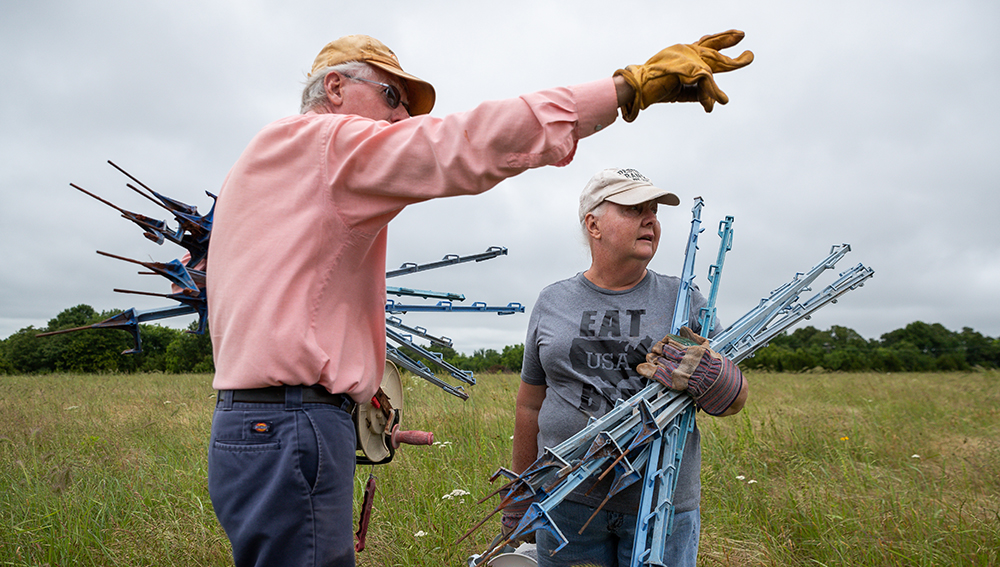
TIPS TO DO WHAT YOU CAN WITH WHAT YOU HAVE
Building your aspiration arsenal of fencing supplies will take time. Start with a little imagination. Both Pokay and Luna have used discarded bulk water-hose reels from the local auto parts store to cheaply store and roll polywire.
Over the years, Pokay has fashioned his own gate handles from pieces of scrap plastic and used pieces of discarded garden hose, PVC pipe and even strands of an old rope for insulators. “When you’re just getting started, sometimes, you just have to make do, or you do without,” he says.
Once you are in a position to invest in more equipment, Pokay and Luna agree a three-to-one geared wire reel is one of the most time-saving tools they have to make laying out and rolling up polywire or rope more efficient.
Both started with investing in simple, 3/8-inch fiberglass posts that polywire can wrap directly around. If you’re putting them into dry or hard ground, using a long bit on a drill to punch a pilot hole will save wear and tear on the posts. Pokay now prefers the ring-top posts for cattle, and Luna has been impressed with the improving quality of step-in posts that are increasingly durable and can make for quick installation.
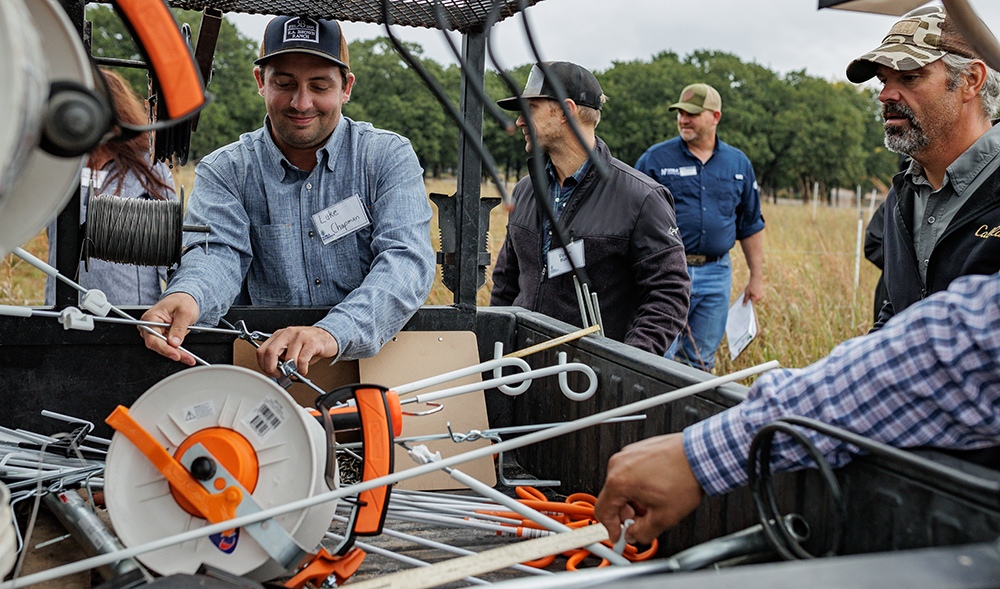
ORGANIZE YOUR ON-THE-GO ASSEMBLY LINE
Once you’ve assembled your equipment, aim to make the work of putting fence up and taking it down as much of an assembly line as possible.
At his home ranch, Luna says he, too, uses the ‘do what you can with what you have’ approach. Without an ATV or side-by-side at home, he puts up plenty of fence on foot or out of the back of a pickup or tractor bucket. But he makes it a slightly easier job with an assembly line system that starts with an army trunk of organized supplies.
It sounds simple, he says, and it is: a well-organized supply box cuts the preparation time of gathering gear from multiple sheds, pickup beds, and toolboxes. It also makes a big difference in his ability to be more strategic with his fencing, especially when he’s building at home around a full-time work schedule.
At the Noble headquarters ranch, Luna has a top rack the height of the cab welded on the bed of his side-by-side, where he has two large PVC pipes bolted behind the cab to hold smooth posts within arm’s reach from the driver’s seat. Another divider behind the PVC pipes holds ring-top posts.
Pokay prefers organizing his side-by-side with simple 2×6 boards inserted into the notches of the bed to create dividers for his supplies. With a spot for his smooth posts right behind the cab, he, too, has come up with a system that allows him to drive and run wire off a reel attached to the UTV on one pass, then grab and push in posts without having to exit the UTV on a second pass, as long as the ground is in condition to push in.
Luna used to have a hook attachment to the front of his driver’s side door to hang the geared wire reel. In that setup, he added a small pigtail to the back of the bed to guide the wire and keep it off his tires while he drove. He now prefers the water-hose reel bolted to the top frame for larger capacity. He has a bolt welded to the side of the reel so he can roll up wire quickly with a drill.
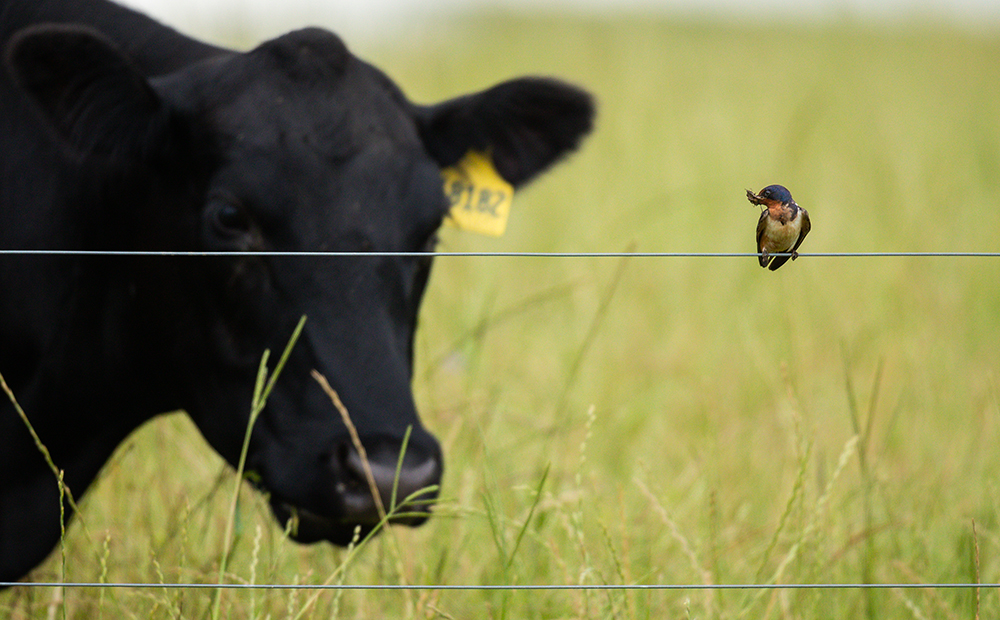
BUILD A STRONGER BUSINESS WHILE YOU BUILD FENCE
If you’ve done the work of planning, preparation, and mapping ahead of time, the actual fence-building might seem like a time to put your earbuds in and turn your brain off. But Pokay says he likes to use this time to observe, think and plan.
Look around as you’re building the fence. What are the animals eating, and what have they left behind? When should the animals return? Are the animals lying down, contented, or are they up waiting for you to arrive and move them? How are the wild animals, birds and bugs using the resources right now, and why?
“When I’m out there, I’m doing a lot of thinking around the strategy and the purpose of what I’m doing. What’s the value I’m getting here, am I adding value?” Pokay says. “If you’re not using this time to think more closely about your business, about your resources, about your goals, you’re missing out on a big chance to be observant and make better decisions.”

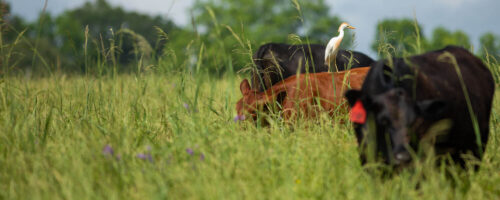
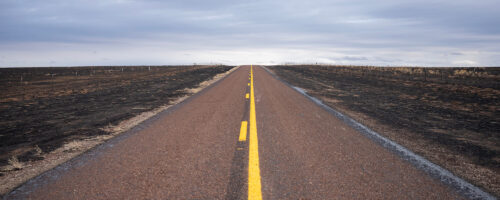
Comment